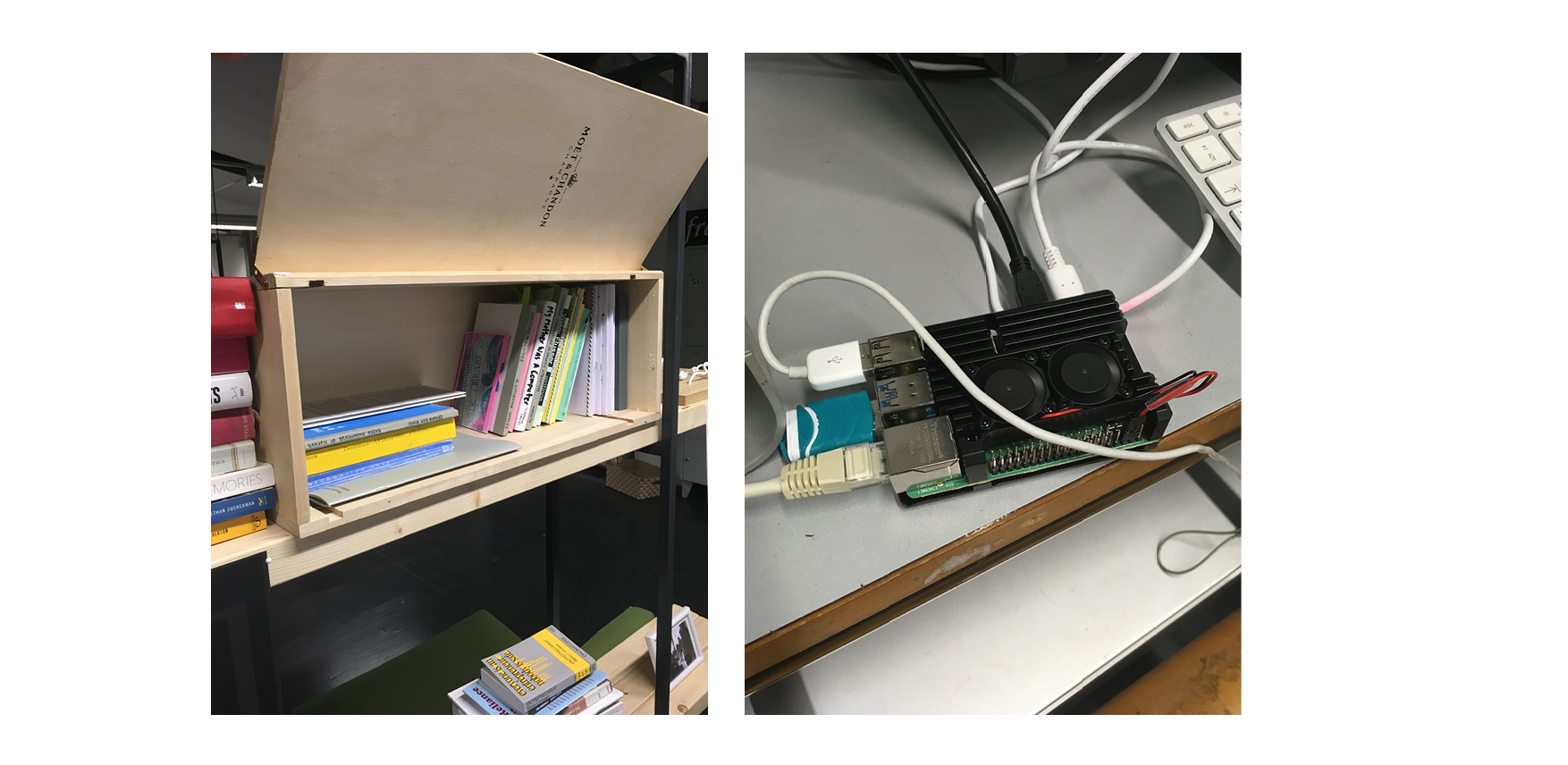digitising/printing

see also understanding texts, reprinting, republishing
Most people I know prefer to read off paper. The arguments for the printed text usually are about exhaustion, e.g. “I get tired reading from a screen”, lack of retention, e.g. “It’s proven that people remember things they read on paper better than on screen”, and in the circles I tend to run in, a certain sentimentality pervades, nostalgia for the haptic experience that reading from printed books brings.
We expect acceleration from digital technologies. The cultural significance of new media is bolstered through remediality, which is its refashioning through the lens of old media.1 Skeuomorphic design brings us the texture of paper on a screen. Hayles argues for intermediality: the interpretations between, and the coexistence of, all media, including printed and digital texts.2
Digital text is fraught with trauma, underpinned by the possibility of fragmentation. Text that is to the reader fully searchable and copy-pasteable is also text that threatens to come apart. Text that is less of an object, and more of a process, often not residing in any one place in a computer file system, assembled dynamically, “on-the-fly”. Printed text, by contrast, reassures us by way of its indelibility.
Image: The physical bootleg library contained in a disused champagne crate, and the digital bootleg library running from a Raspberry Pi computer
